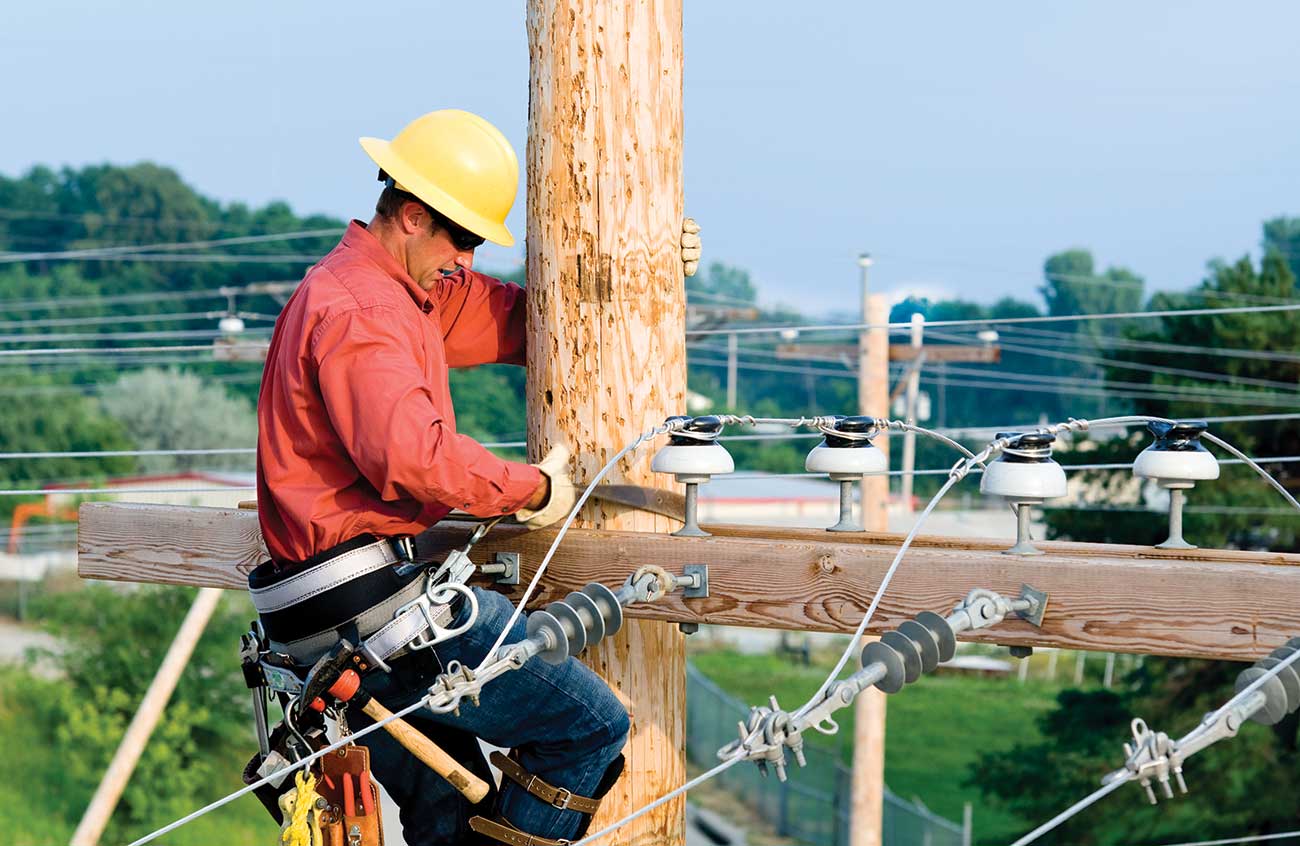In this initial column, we’d like to provide readers with our understanding of the National Electrical Safety Code (NESC) and National Electrical Code (NEC) documents and their requirements as they relate to single-family dwellings, multi-dwelling apartments, commercial business, and industrial facilities.
It’s important for installers and inspectors to fully grasp the scopes of both documents, how and where each of them applies and the point of demarcation where one code yields to the other.
This discussion has a perennial timeliness as both documents undergo cyclical review and revision processes. That timeliness is underscored by the growing proliferation of distributed energy resources (DERs) such as solar photovoltaic (PV) panels, electric vehicles, energy storage technologies, and new telecom technologies such as 5G.
Let’s take a brief look at the respective scopes of the NESC and the NEC. [Note that we paraphrase here but provide links to the primary documents.] The NEC and the NESC are both ANSI (American National Standards Institute) Codes, meaning they must follow the ANSI Essential Requirements for Standards Development Organizations.
The NESC is revised every five years to provide formal standards, safe work practices, and practical guidance for the safeguarding of installers, operators and maintenance workers of electrical/communication supply lines and equipment employed by utilities, communications providers and railways. NESC rules contain the basic provisions, under specified conditions, that are considered necessary for the safeguarding of the public, utility workers (employees and contractors), and utility facilities. The NESC also applies to similar electrical / communication infrastructure under the exclusive control of the utility or their authorized representatives. Go to https://standards.ieee.org/content/dam/ieee-standards/standards/web/documents/other/nesc_handbook_rules.pdf for the detailed, verbatim NESC scope and its limits.
The NEC, revised every three years, covers the installation of electrical conductors, equipment and raceways; signaling and communications conductors, equipment and raceways; and optical fiber cables and raceways. The purpose of the NEC is the practical safeguarding of people and property “from hazards arising from the use of electricity.” The code is a minimum standard — further effort may be required for an installation to be efficient, convenient, or adequate for good service or future expansion. The code is not intended as a design specification or instruction manual. The scope of the NEC excludes installations under the exclusive control of an electric utility in accordance with specific conditions.
Readers may be interested to learn that many people who create the NEC are also members of the IEEE SA, which publishes the NESC.
These two scopes meet at the “service point,” which serves as the general basis for demarcation between the codes. Typically, the service point is the electrical meter, but not always. Often a utility will put their metering on the premise wiring side because it’s more adaptable for them. Let’s use a couple of examples to illustrate this point.
When you have an across-the-line meter with a 200-amp rating serving a typical dwelling unit, the meter is often a good demarcation. Similarly, in an underground service, the underground service lateral may be routed to the meter; again, the meter could be considered the service point.
However, in a larger service arrangement with a current transformer (CT) enclosure for metering, with risers that go up the building to some weather heads, the service point may be located at the termination to the conductors that exit the weather heads. In another example, remote metering might involve the installation of a CT on a pole away (remote metering) from the service equipment.
In all three examples, metering usually influences where the service point is located. It’s advisable to check with the local jurisdiction and utility company to determine precisely where the service point actually sits. In fact, that advice leads us to another crucial point readers must grasp.
Although the NESC and NEC are considered national, “umbrella” documents, local jurisdictions could have notable mandatory prerogatives. Municipalities, counties, states, and local utilities may be responsible for approving installation and inspection work. So local contractors, as well as national firms, need to do their homework on what rules or processes apply in the location where work is performed.
Local jurisdictions can adopt the NESC, the NEC and/or some combination of their own guidelines as well. These jurisdictions are empowered to say how these codes are adopted and applied. A jurisdiction may accept these codes as written or they may have adopted an older version and not yet adopted the latest version. A jurisdiction may customize these documents to meet their own requirements.
We intend to make this column useful to installers, inspectors, regulators, and other users in related roles. In future columns, we will discuss a range of practical issues. These may include how the NESC can help improve joint-use work between utilities and provide clear guidance for regulators. Per the trends cited at the beginning of this column, we’d like to examine where large renewable systems – such as large-scale solar farms, wind generation facilities, and other DERs – are installed and used within the NESC-NEC jurisdictions. Similarly, what are the implications when energy storage systems are inserted on both sides of the service point?
Please join us. We welcome your feedback on how we may serve your informational needs.















Find Us on Socials